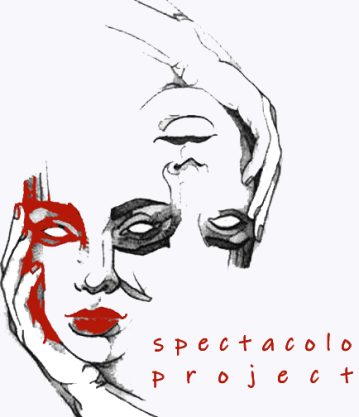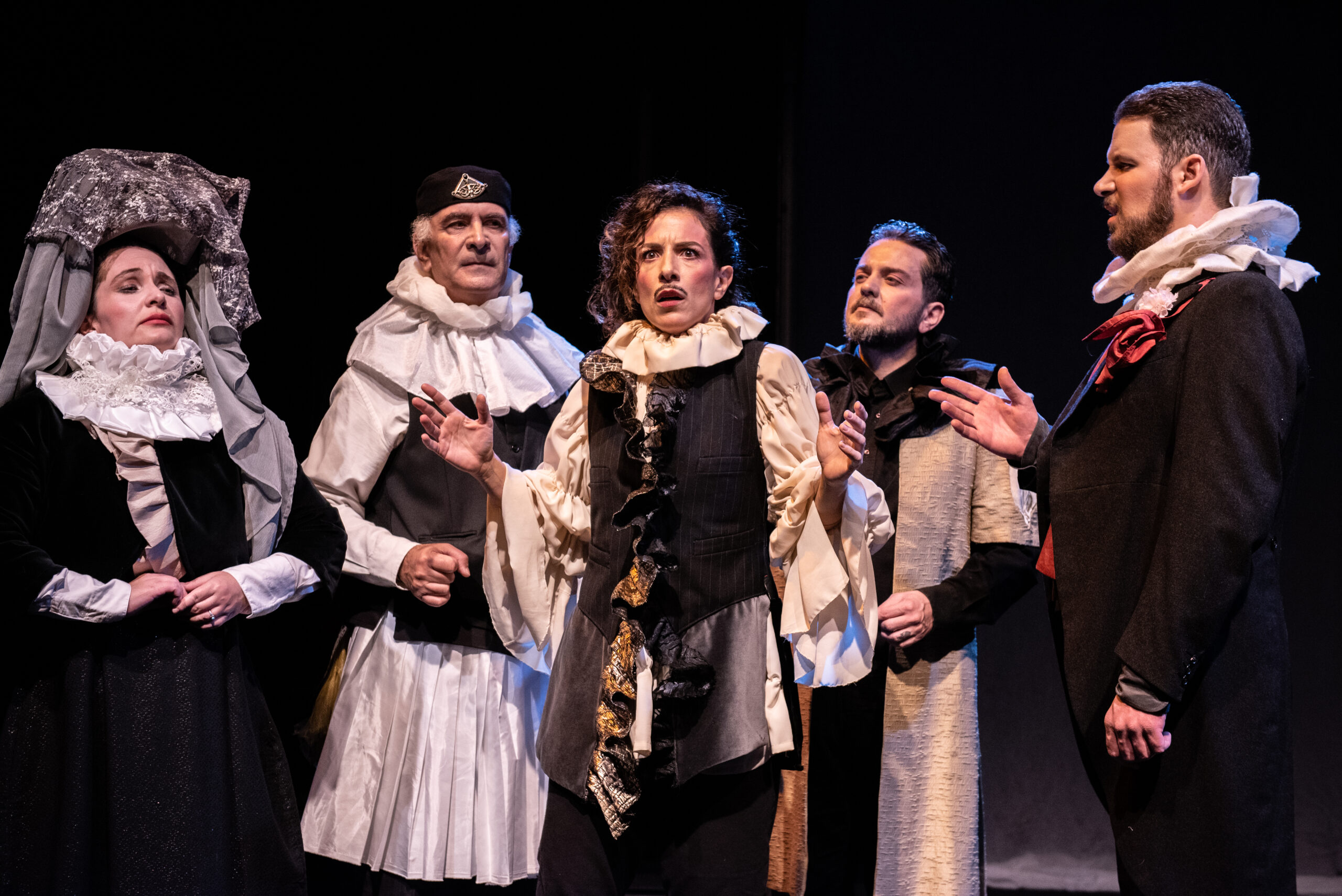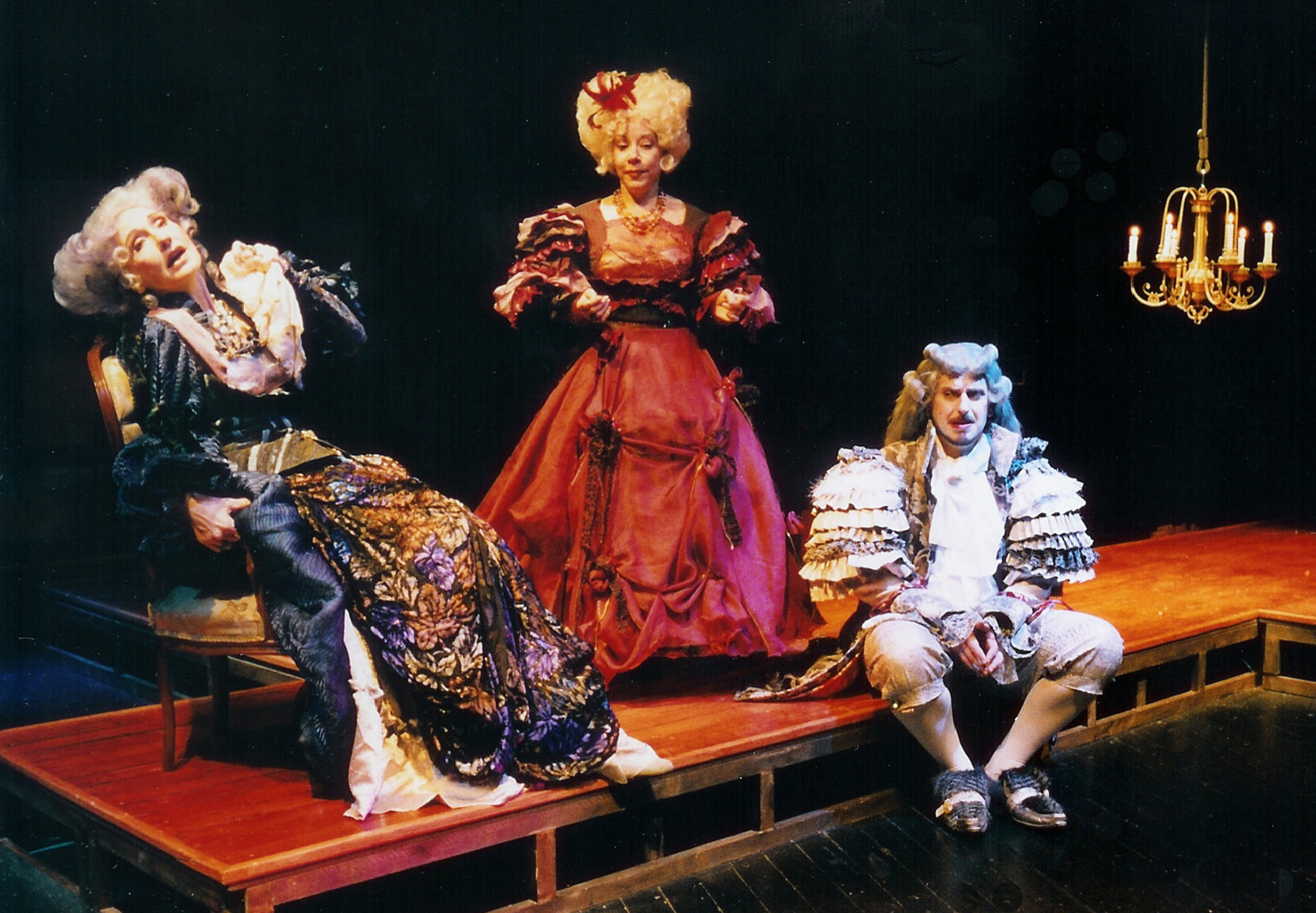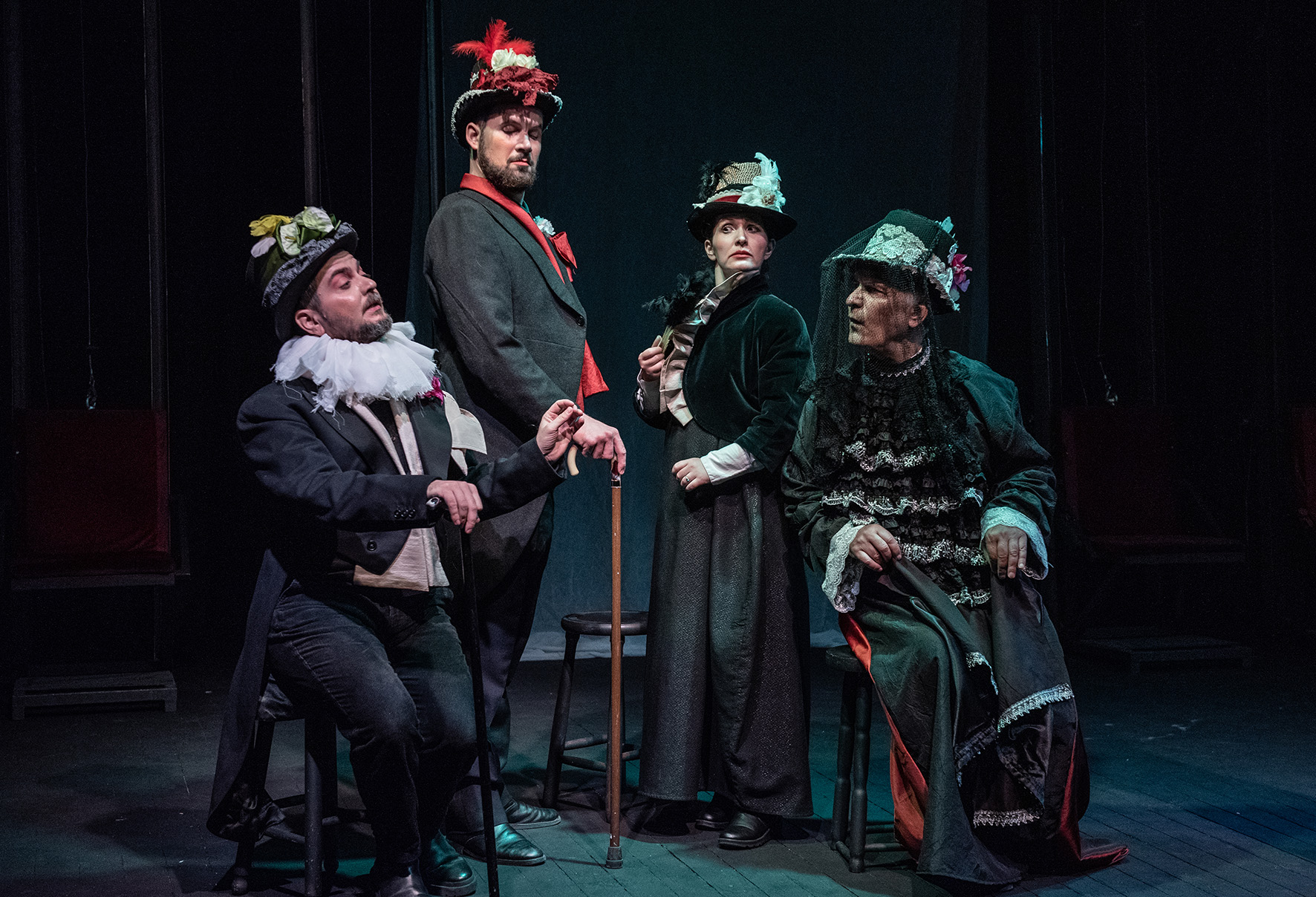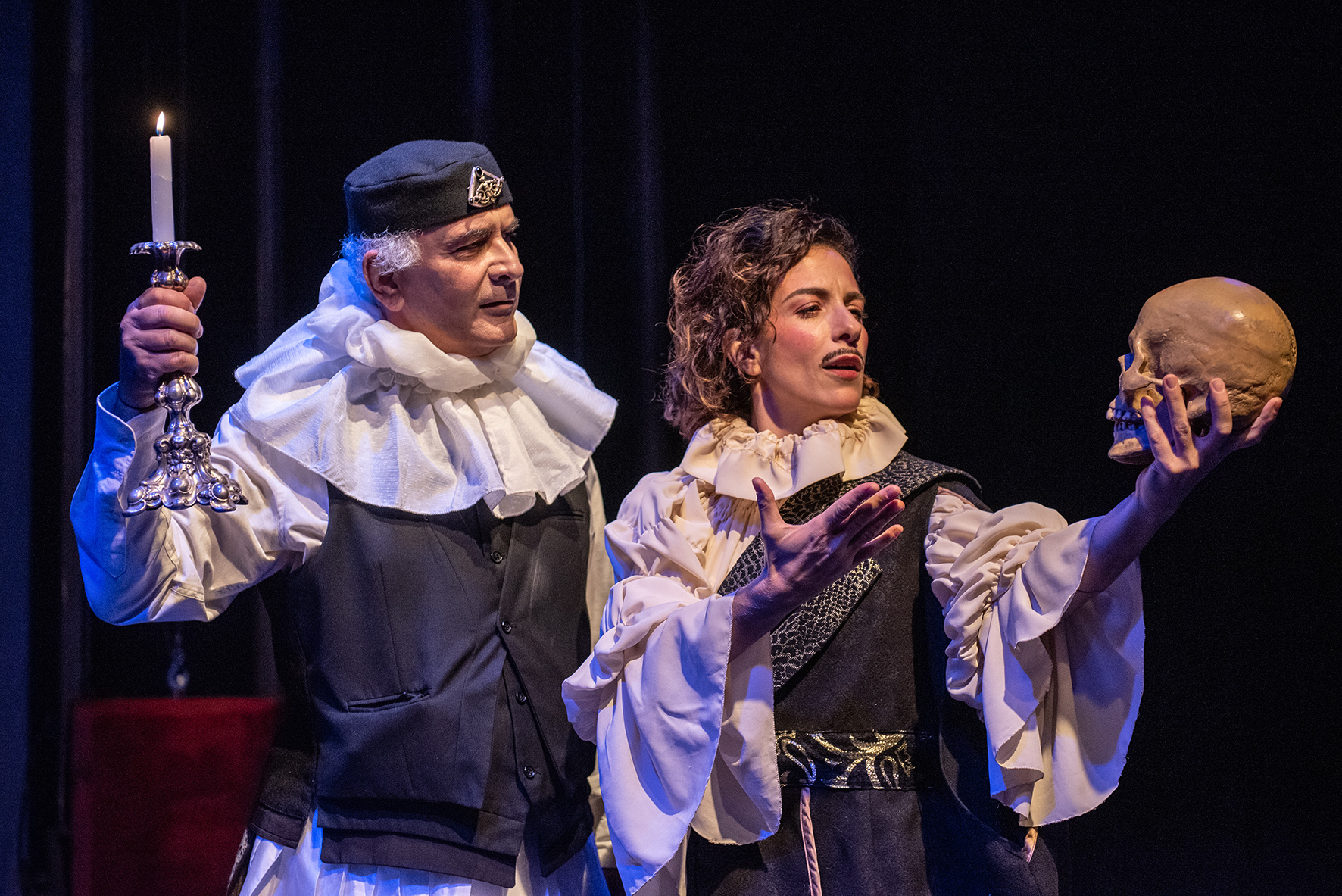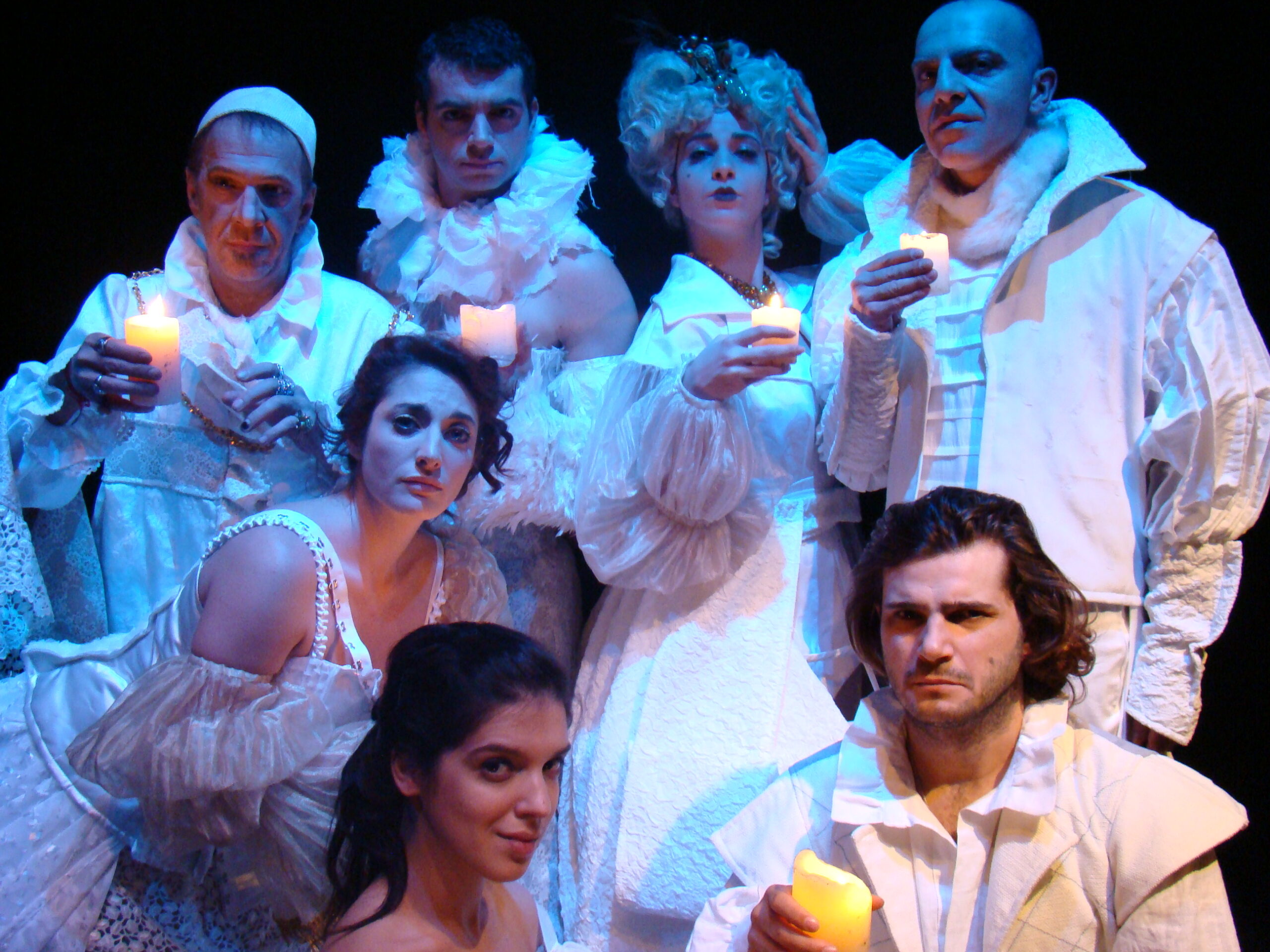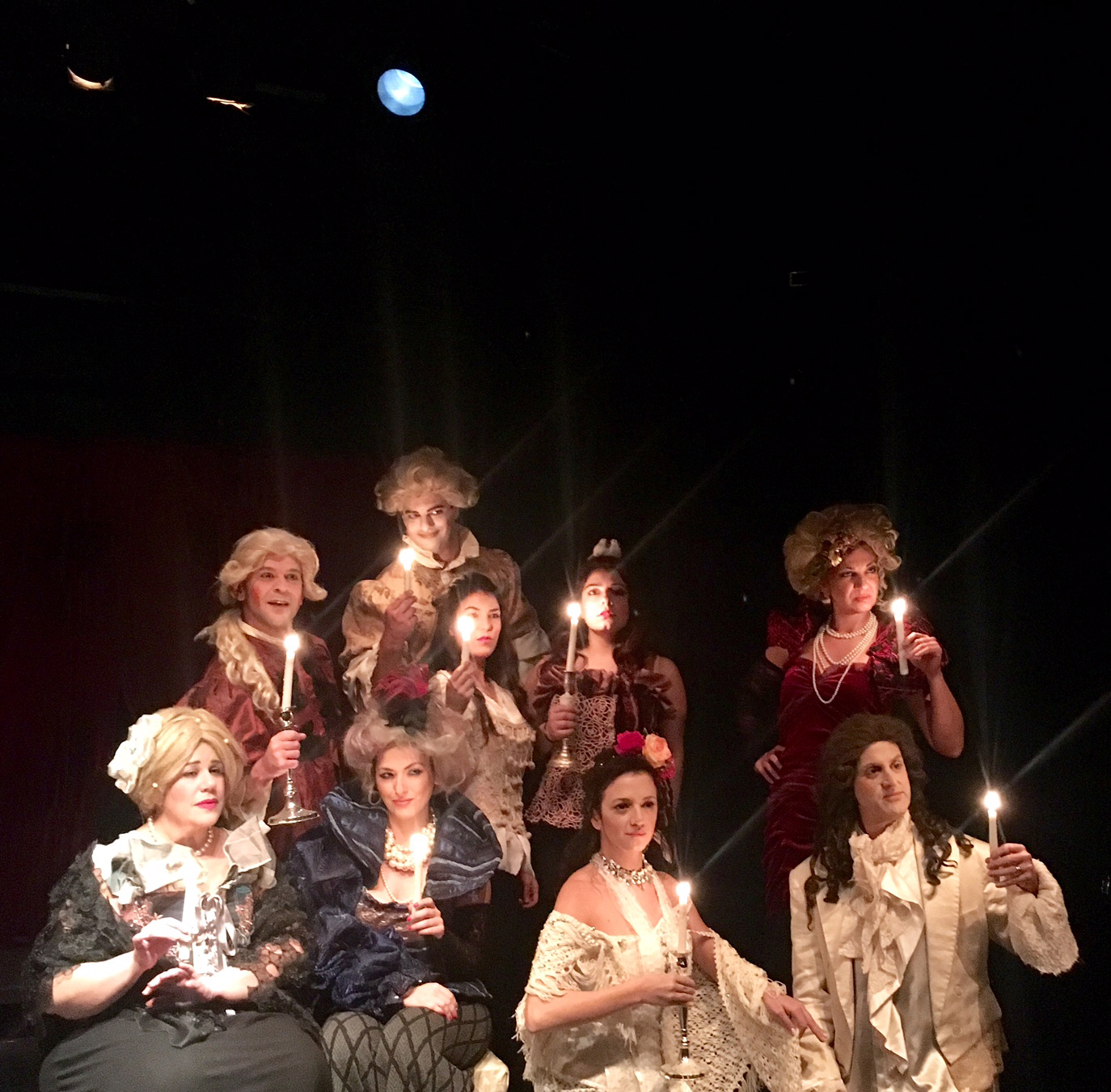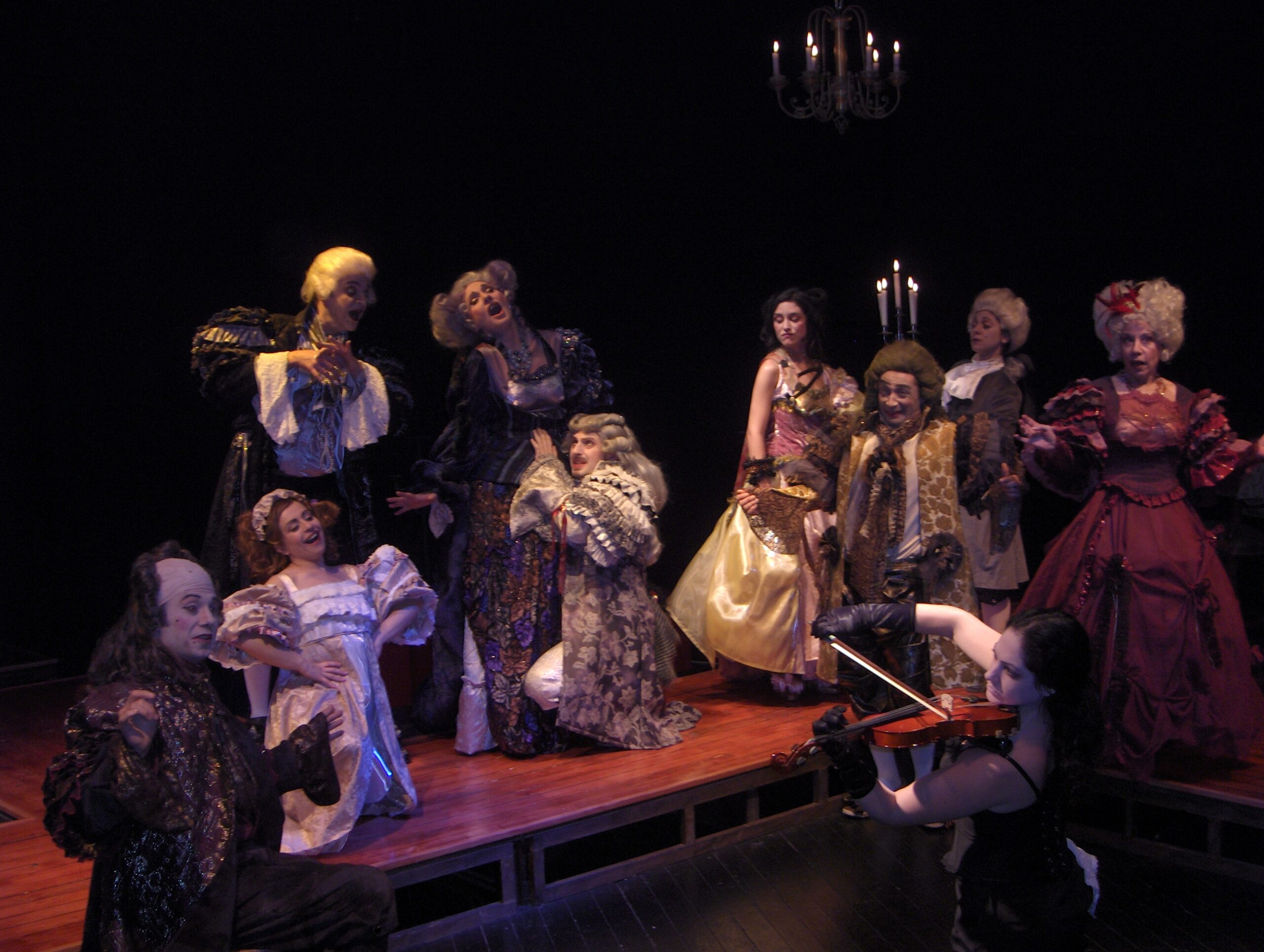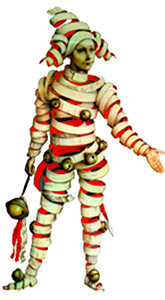Costume Designer
What does a Costume designer do?
By costume design we mean the way performers /actors are dressed on stage within a theatre play. Their entire presence includes all clothing, fashion accessories, hats-wigs-bags etc (plus the make-up style). The entire look and style, has to be carefully thought out and designed by the Costume designer.
Costume design is an integral part aspect of a theatre production, closely related to Stage Design and within a common Concept / Idea of the Director. It projects to the audience all that a character feels and experiences while acting within a certain role. Therefore, Costume Design :
- Dresses a role to establish a specific character.
- Via a certain costume many meanings are conveyed in the context of the play
- Costumes support the overall aesthetic of the production
A Costume designer creates unique clothes that reflect the ideas of a role and at the same time must seem that the character actually chose these clothes to be and interact in a specific play. Clothes are very personal and the audience relate directly to them and usually understand the why and where of a play.
Costume and Stage design are very closely related and often done by the same person, so as one person can discuss with the director, who is the one responsible for the overall concept of the play. Design supports the theatre director’s concept and some times vice versa. Costumes, support and are in line with the overall style of a theatre production. If a play is naturalistic in style, then costumes should be every day, realistic as in everyday life. If a play is set in a past Era, then the costumes must somehow follow the fashion developments and present this time in history. This has many different ways to be accomplished always in line with a specific concept.
Design, especially Costume Design must accomplish the following aspects that reveal the Concept of a play : Personality of the Character- Time Context- Color /Style and unity relations-Action development.
- Character presence. Costumes reveal to us information onindividual characters, on their relationships and on groups of characters (such as chorus i.e.) Try and imagine your own clothes and what you would choose to wear on a specific day for a specific reason. How you look will say a lot about who you are and one should exaggerate this, as on a theatre stage we make even more associations with a character’s “costume” because we know it is specifically designed for that context. A costume is there to aid and help a performer to best support their character.
2. When and where. Style and Era. The overall design & aesthetic /style of the play. Costumes can at a first glance convey the context of the play, the Era and even geographical setting. A specific style of the 18th century could suggest the historical setting of the piece. A traditional dress or a style that relates to the climate, could mean a certain place in the world.
3. Costumes of an imaginary realm. Costumes may seem of an everyday style or maybe of a past era but also of a new style especially to enhance the play and its action. They can easily create the illusion of a new world. They could even represent an idea instead of a character. It’s a challenge to create realities and to mix the old and new, styles past and present so as the audience can have an immediate feeling towards action just by the costumes.
Establishing a character
As well as helping the audience to understand information about the character and the performance as a whole, performers can find it easier to ‘become’ their character once they try their costume on. Costumes can:
reveal basic information about a character-as we would do in real life- such as their age, gender, occupation and economic and social background
reveal lots of information about a character’s personality, if they are vain, wearing a flamboyant outfit to draw attention to themselves, or if they are shy in plain, dull, uninteresting clothes.
reveal information about a character’s circumstances in development within the play. A role may start well posed, wearing ironed clothes and by the end of the story they could look run-down, with a creased costume revealing unpleasant situations.
Bright colors
A good example is always when color red is used as it is a very significant symbolic color. So if we see a certain role in red , its probably the leading character. A passionate, an infamous or a crazy character too. Usually red will contrast with the other roles wearing less bright and subdue colors. If other characters match the leading one in some ways they are probably connected in some way. But a red dress might not be appropriate if another character stands out because of their color or figure. Furthermore, regarding the shape and style especially of long length clothes (always a problem in theatre) we must insist that nowadays actors need to practice being roles of Past Eras. Practice wearing long skirts or other strange accessories so as to feel comfortable in their role. Wearing jeans and sneakers all day long comes of little help when trying to portrait a character in another age or an imaginary environment.
Visual and Costume Design Elements
The costume designer uses the design elements in different ways from a stage designer. A costume is visual and practical. For costumes as part of a performance we consider the same elements as in visual design :
- Line & mass.
- Composition / combination
- Space within a stage
- Color and texture
- Movement (in Space aided by texture).
- A designer and their Costumes follow several past and contemporary fashions exhibit several forms and certain lines of a silhouette. The shape of a person in a costume combines line and mass. It is most clear way to identify the time and place of a period costume. According to history of costume it shows what parts of the body are emphasized, hidden, or displayed. Women in past centuries could not, by any means show their legs but the depth of their necklines would never be adopted nowadays. On the other hand, showing off legs in a mini skirt or a bathing suit is quite appropriate today in everyday life and upon the stage.
A costume designer considers composition on several different levels. Composes a single costume and at the same time creates a composition of a single character over the duration of the play. In parallel, the designer composes how the entire cast looks if they appear all together on stage at any given scene of the play. Usually a central character will change radically through the play’s action and successive costumes should reveal the character’s evolution. This is a most important factors that a costume designer should take into consideration when designing for an entire cast. Leading characters usually stand out in various ways. Color, form or accessories can achieve this.
Movement in Space aided by texture. For costume designers their canvas is always the human body, the role.
Color in costumes functions in a similar way to color in stage design. We usually associate certain colors with comedy versus tragedy or with other kinds of feelings and moods. Furthermore, color must be exaggerated compared to life in order to emphasize circumstances.
Texture in costume is a bit different from stage design. The first element of texture is in the fabric materials themselves: Cotton and linen always feel natural and summery. Satins and silks are smooth and shiny, airy and luxurious. Wool, velvet and handmade lace are highly textured, thick and feel dominant. There are hundreds of other materials to combine fabrics with, such as felt, leather, plastic, fur, feathers etc. Texture in more than one dimension can be created with materials that already have busy patterns or when combined upon the same outfit. After 2000, many fabrics are in the market that already have 2 dimensions with pleats and folds and many crazy styles, that in the past had to created by hand. Also laser-cut fabrics have wonderful designs although more costly.
Movement is an element of visual design only in art forms that move during a presented event (video, film, theatre, kinetic sculpture) Costumes must move with an actor through space, and the amount of movement should reflect the character and action of the play. Light or loosely woven fabrics move more freely than heavy or tightly woven fabrics or than other non-flexible costume materials like leather or plastic. Many times the costumes themselves fill up a space in such a way that no stage design is needed! Fullness along with movement can get the message through.
Creation of Costumes. From design to practice.
In practice, the tools of the costume designer are the fabrics and many other creative materials out of which costumes may be created; textiles, paper, leather and many unorthodox elements. There are numerous methods of making costumes and their accessories: by hand , by sewing machines, by hot glue guns to adhere decorations and make hats etc All thoughts, ideas and creations have as a sole purpose to serve the actual body of the actor/actress. As no costume will be able to exist upon the stage, within the story of a play without a role wearing it and becoming the character.
